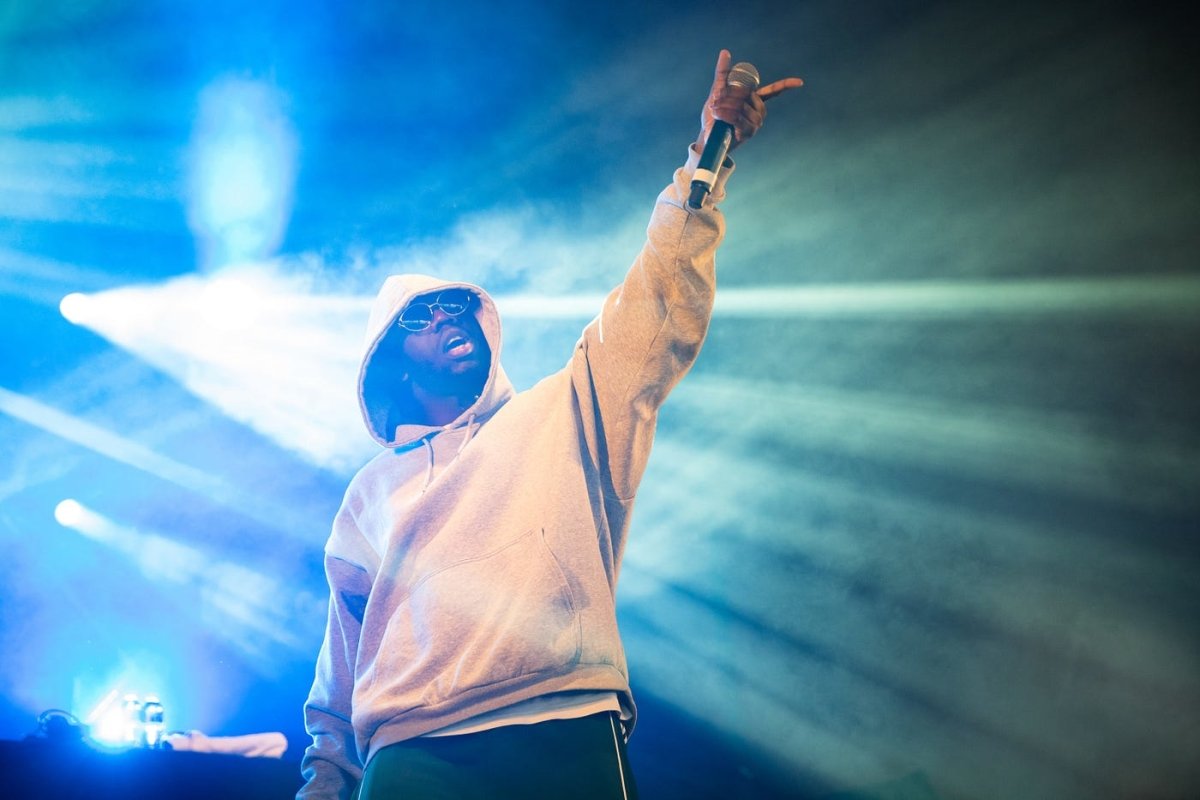Rhythmic Echoes: The Evolution of Rap Music

Introduction
Rap music has captivated audiences worldwide with its vivid wordplay, powerful rhythms, and messages. From the gritty streets of the Bronx to the star-studded Los Angeles studios, rap has evolved into a diverse and influential genre. Let’s take a walk down the memory lane and explore how rap music has evolved over the years.
The Roots: 1970s - Early 1980s
Rap music originated in the African-American communities of New York City in the 1970s. At block parties, DJs would play funk and soul records and isolate the percussion breaks to create a continuous beat. This technique, called “breaking”, inspired MCs (Master of Ceremonies) to speak over the beats, narrating stories or rhyming words. Pioneers like DJ Kool Herc, Afrika Bambaataa, and Grandmaster Flash are often credited with laying the foundation for rap music.
Golden Age: Mid 1980s - Early 1990s
The mid-1980s ushered in what many consider the “Golden Age” of rap. Rap music became more complex and sophisticated as artists like Run DMC, Public Enemy, and N.W.A addressed social and political issues, shedding light on racial tensions and police brutality. The storytelling aspect became prominent with the likes of Slick Rick and Big Daddy Kane. The East Coast – West Coast rivalry also emerged, setting a competitive atmosphere that fueled creativity.
Diversification: Mid 1990s - Early 2000s
The 1990s saw rap music splintering into various sub-genres. The East Coast, led by artists like Nas, Jay-Z, and The Notorious B.I.G., focused on lyrical sophistication and jazz-infused beats. Meanwhile, the West Coast, with artists like Tupac Shakur, Snoop Dogg, and Dr. Dre, favored funk samples and catchy hooks. The Southern rap scene also rose to prominence with Outkast and Goodie Mob pioneering the ‘Dirty South’ sound.
Commercial Boom: Mid 2000s - Early 2010s
Rap became a commercial juggernaut in the 2000s. Mainstream artists like 50 Cent, Eminem, and Kanye West achieved massive commercial success. Production value skyrocketed and collaborations with pop artists became commonplace. The genre diversified further, with the rise of alternative hip-hop acts like Kid Cudi and Lupe Fiasco.
Internet Era: Mid 2010s - Present
The Internet revolutionized the music industry, and rap was no exception. Platforms like SoundCloud and social media allowed independent artists to release music without a record label. This led to the rise of artists like Chance the Rapper and Tyler, The Creator, who built their careers online. Trap music, characterized by its use of 808 drums and hi-hats, also became a dominant sub-genre, with artists like Migos and Travis Scott at the forefront.
Contemporary Evolution: 2020s
As we move into the 2020s, rap music continues to evolve. The genre is becoming increasingly international with grime in the UK, drill in Australia, and various other styles around the globe. Additionally, the lines between genres are blurring, with artists like Lil Nas X and Post Malone blending rap with country and rock.
Conclusion
Rap music’s journey from the streets of New York to a global phenomenon is a testament to its adaptability and the raw power of rhythm and wordplay. As rap continues to evolve, it remains a voice for marginalized communities, a playground for experimentation, and an ever-changing reflection of society. Whether through poetic storytelling or pulsating trap beats, rap music is, and will continue
More Articles
Subscribe to our RSS Feed for the Latest Posts!







